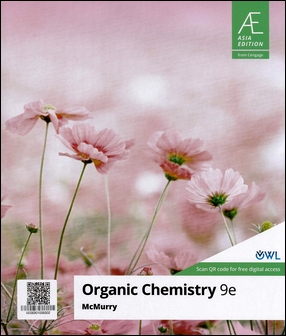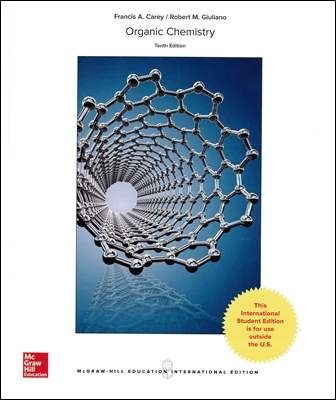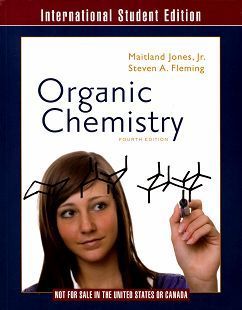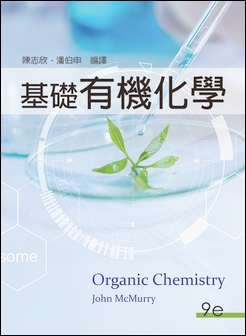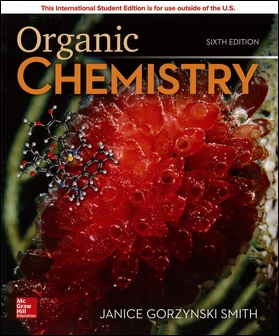書籍分類
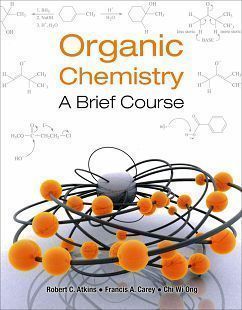
Organic Chemistry: A Brief Course
作者:Robert C. Atkins, Francis A. Carey, Chi Wi Ong
原價:NT$ 1,230
ISBN:9780071311175
版次:1
年份:2013
出版商:McGraw-Hill
版次:1
年份:2013
出版商:McGraw-Hill
內容介紹 目錄 作者介紹
- Description
- Molecular orbital theory which emphasizes the visual understanding of chemical bonds and reactions.
- Curved-arrow notation which illustrates how organic reactions occur in terms of the movement of electrons.
- The topic of stereochemistry early in the book so that the students have a better grasp of the concept of organic compounds in three-dimensional structures and methods of interconversion.
- Chapter previews to aid students’ revision prior to examinations.
The students who take this course are a diverse group from a variety of programs, including biology, nutrition, engineering, agricultural sciences, environmental sciences, and the allied health sciences. Based on the U.S. text Organic Chemistry: A Brief Course, this edition continues to guide these organic chemistry students by selectively revealing the logic of organic chemistry through carefully designed organization, pedagogy, problem solving, and illustrations.
A text that is both modern in outlook and selective in coverage, this edition is further enhanced by the introduction of the following:



